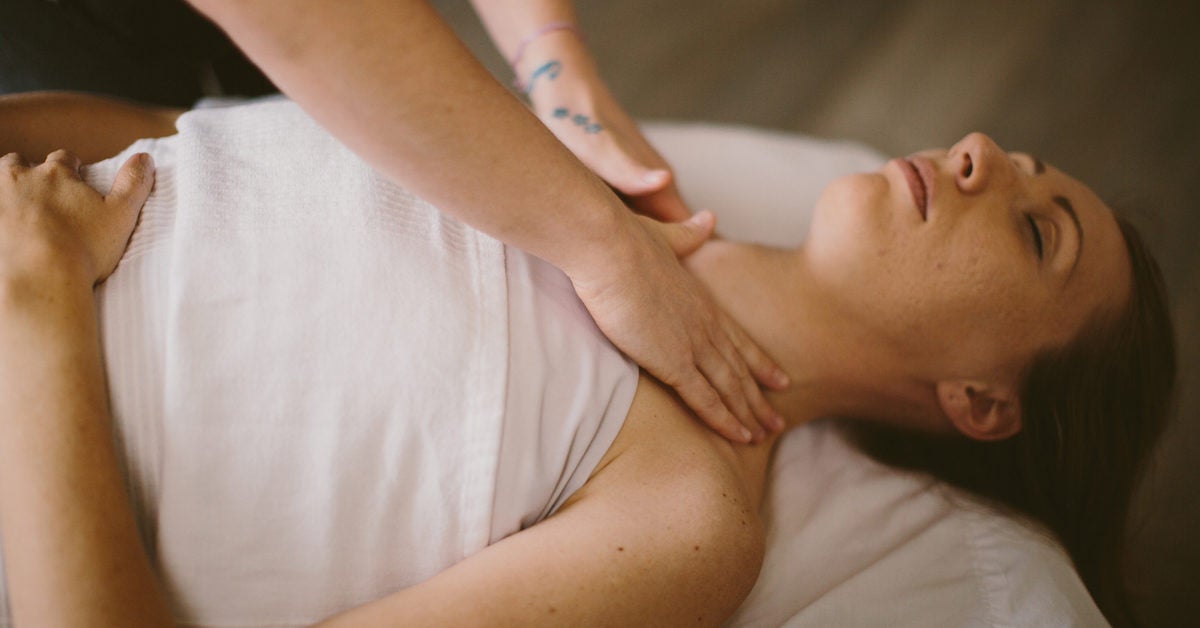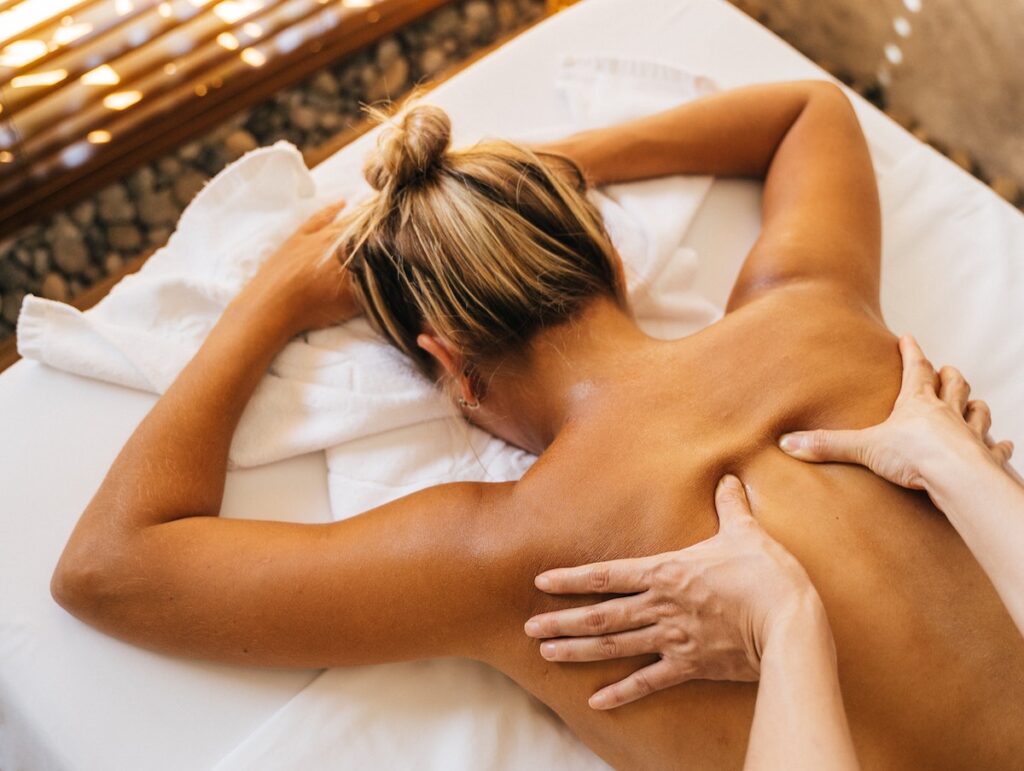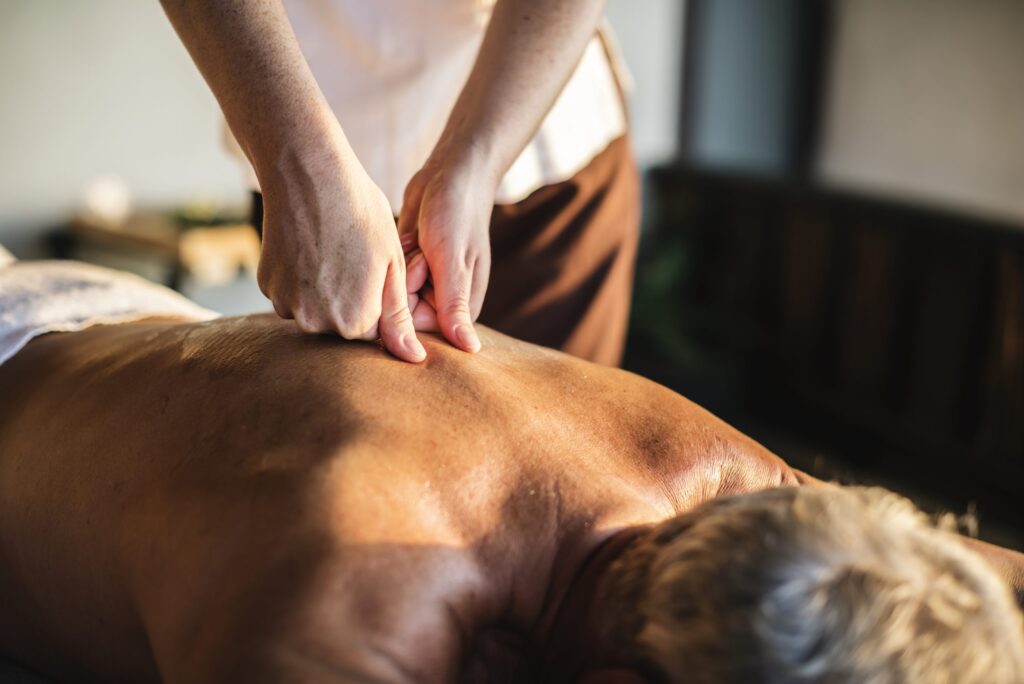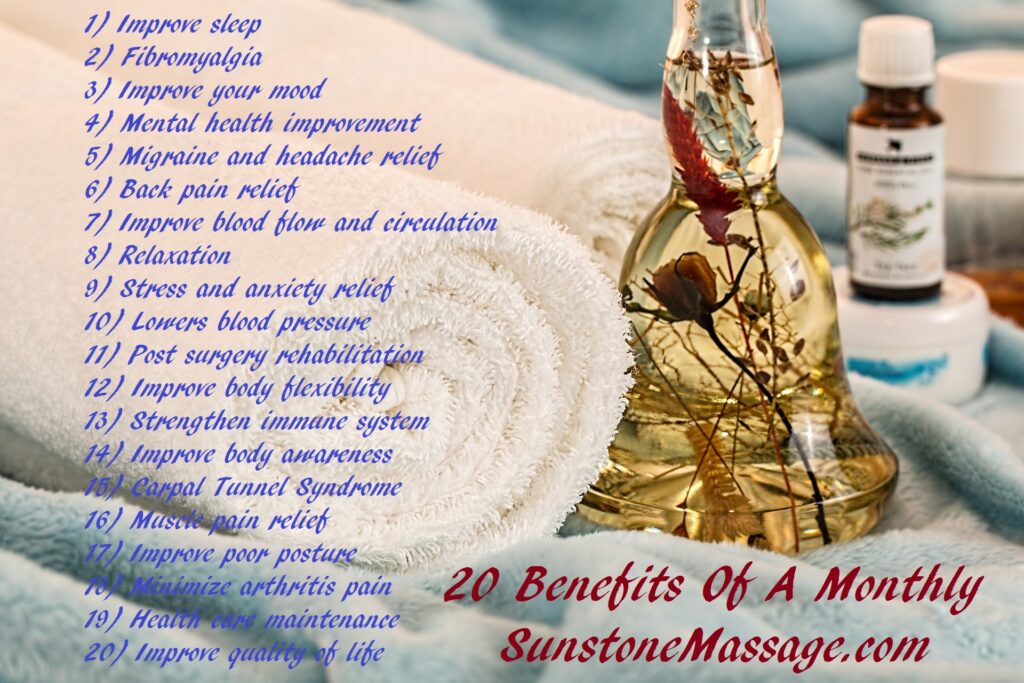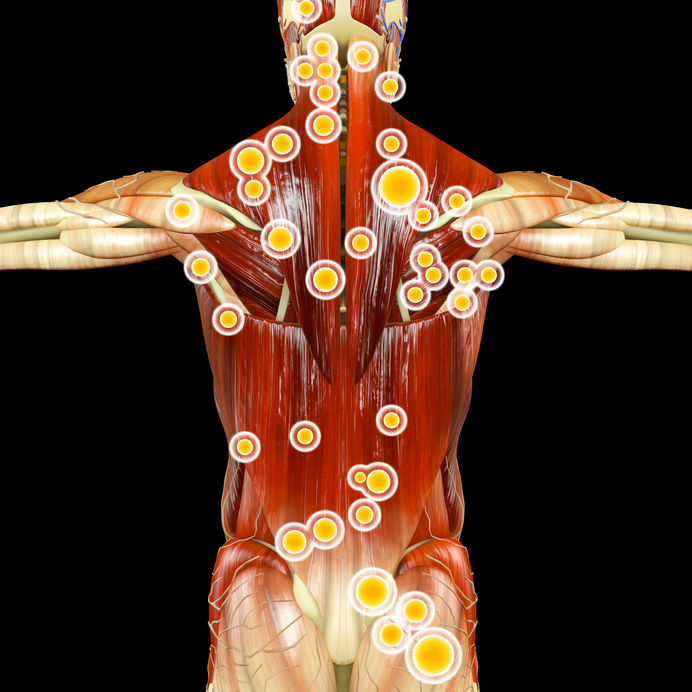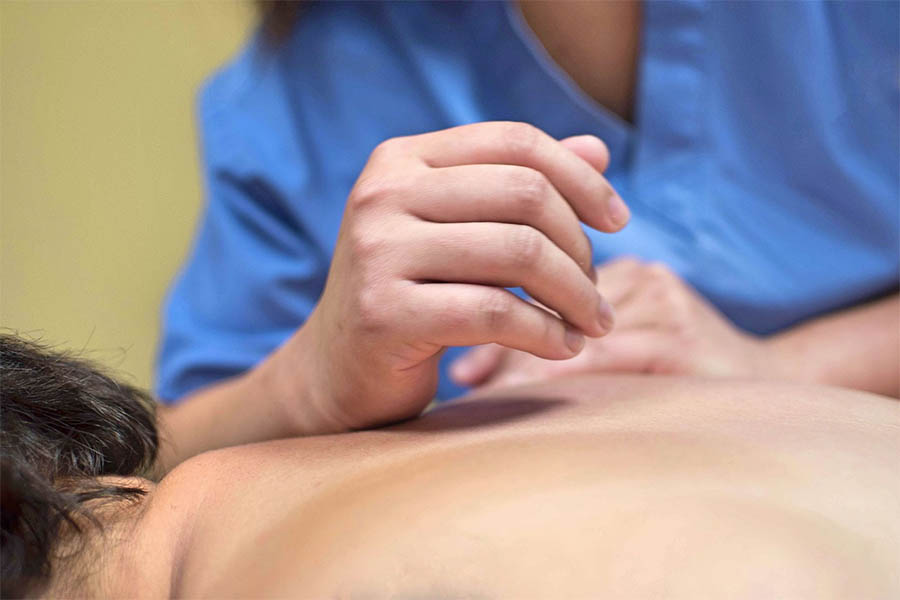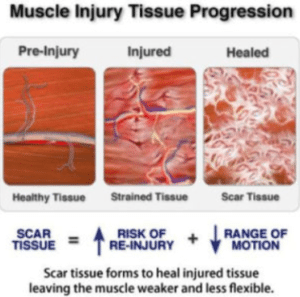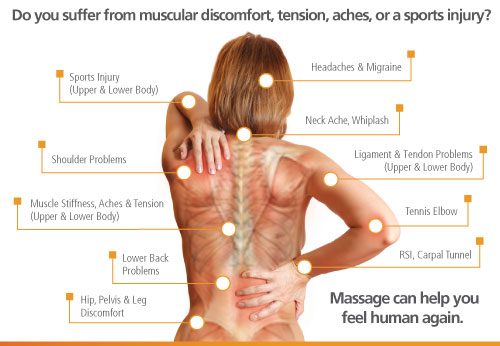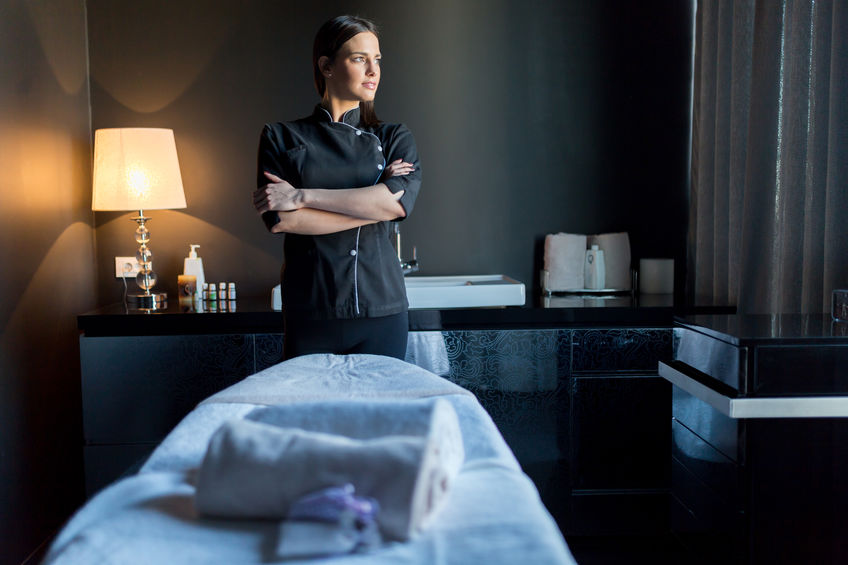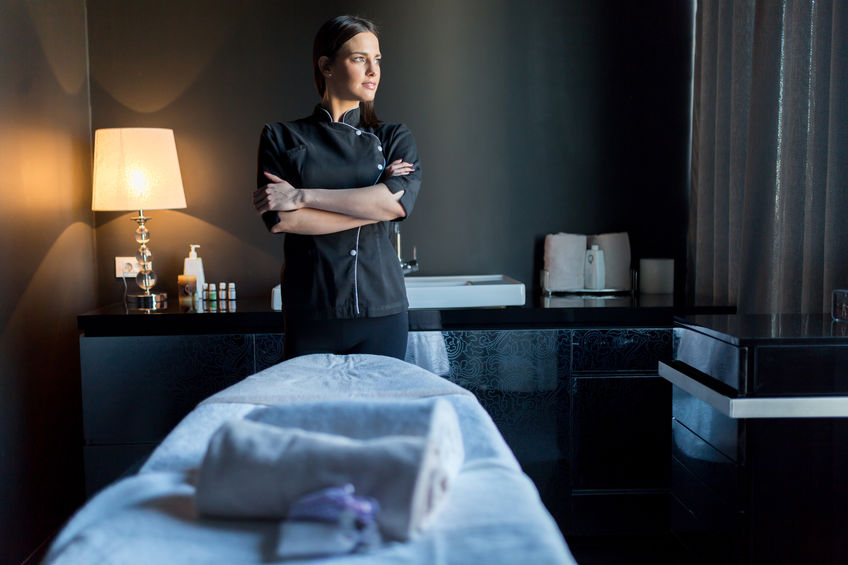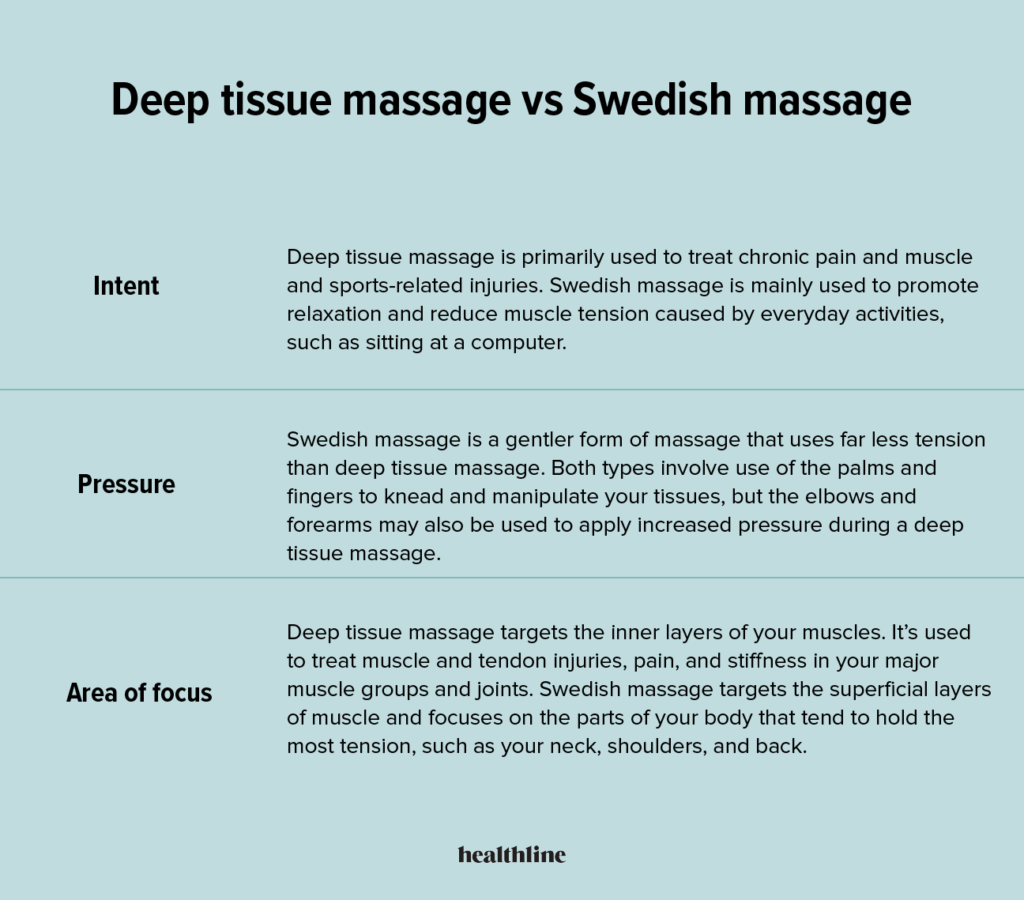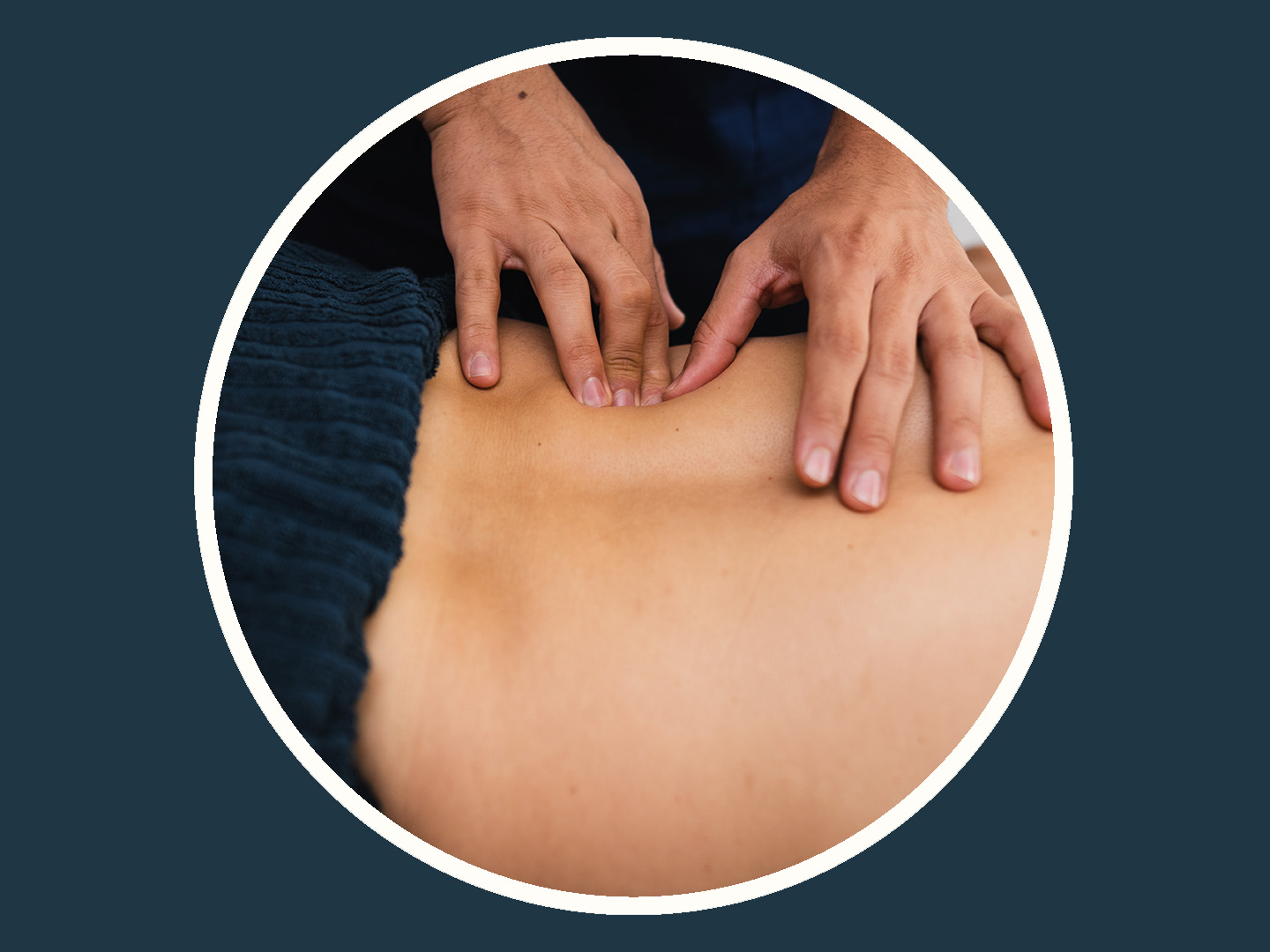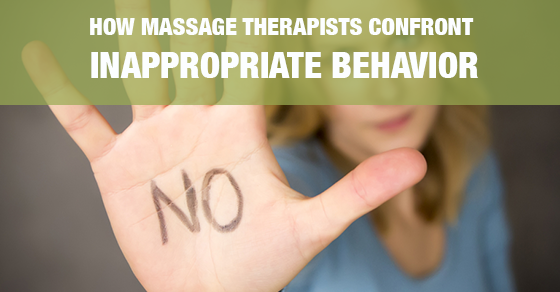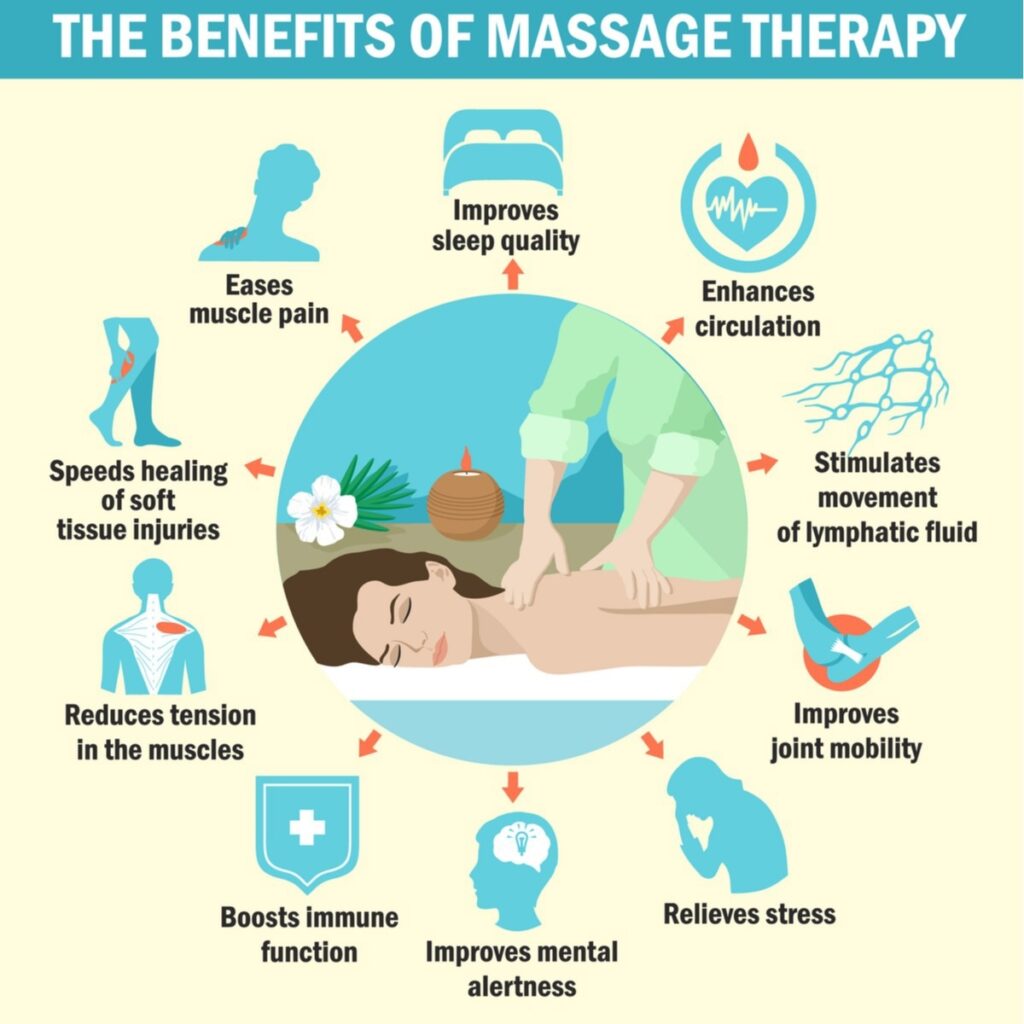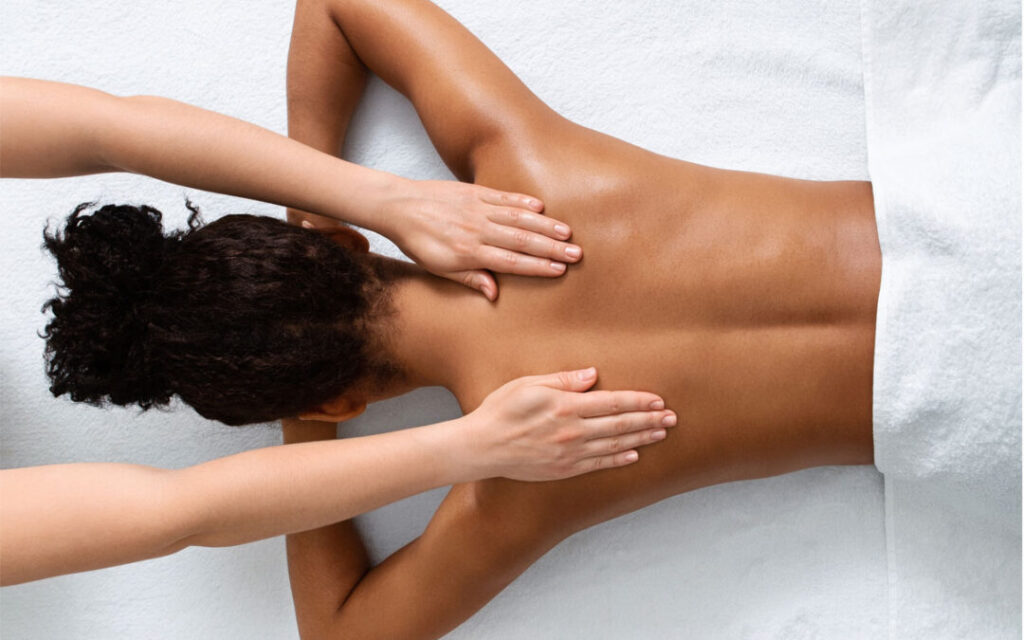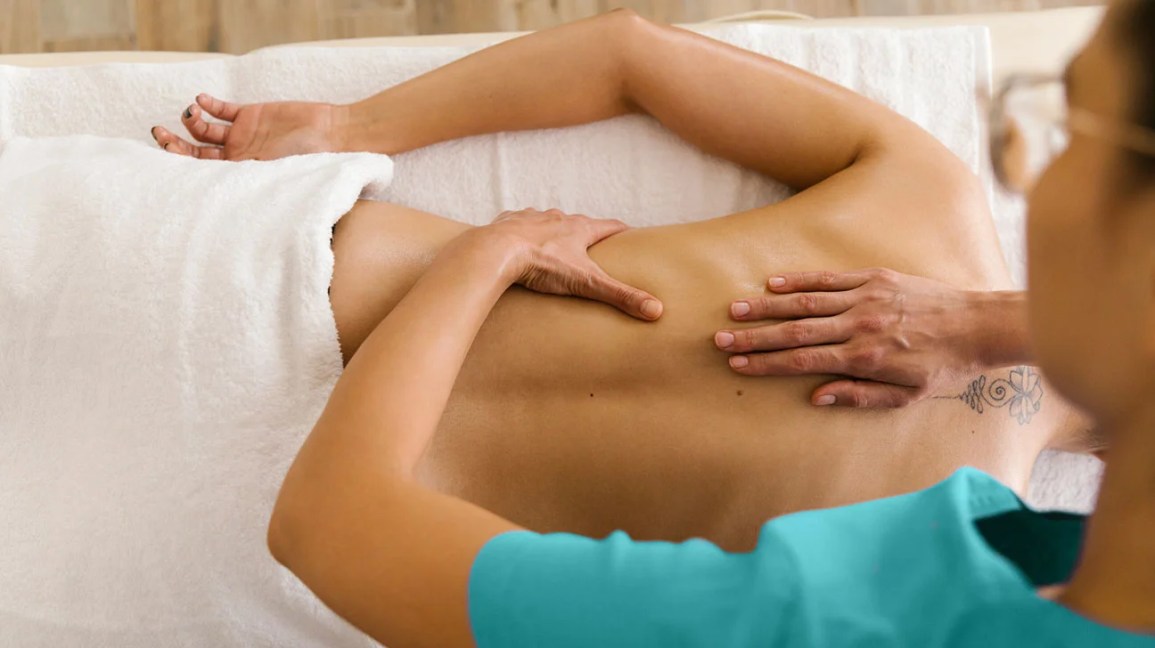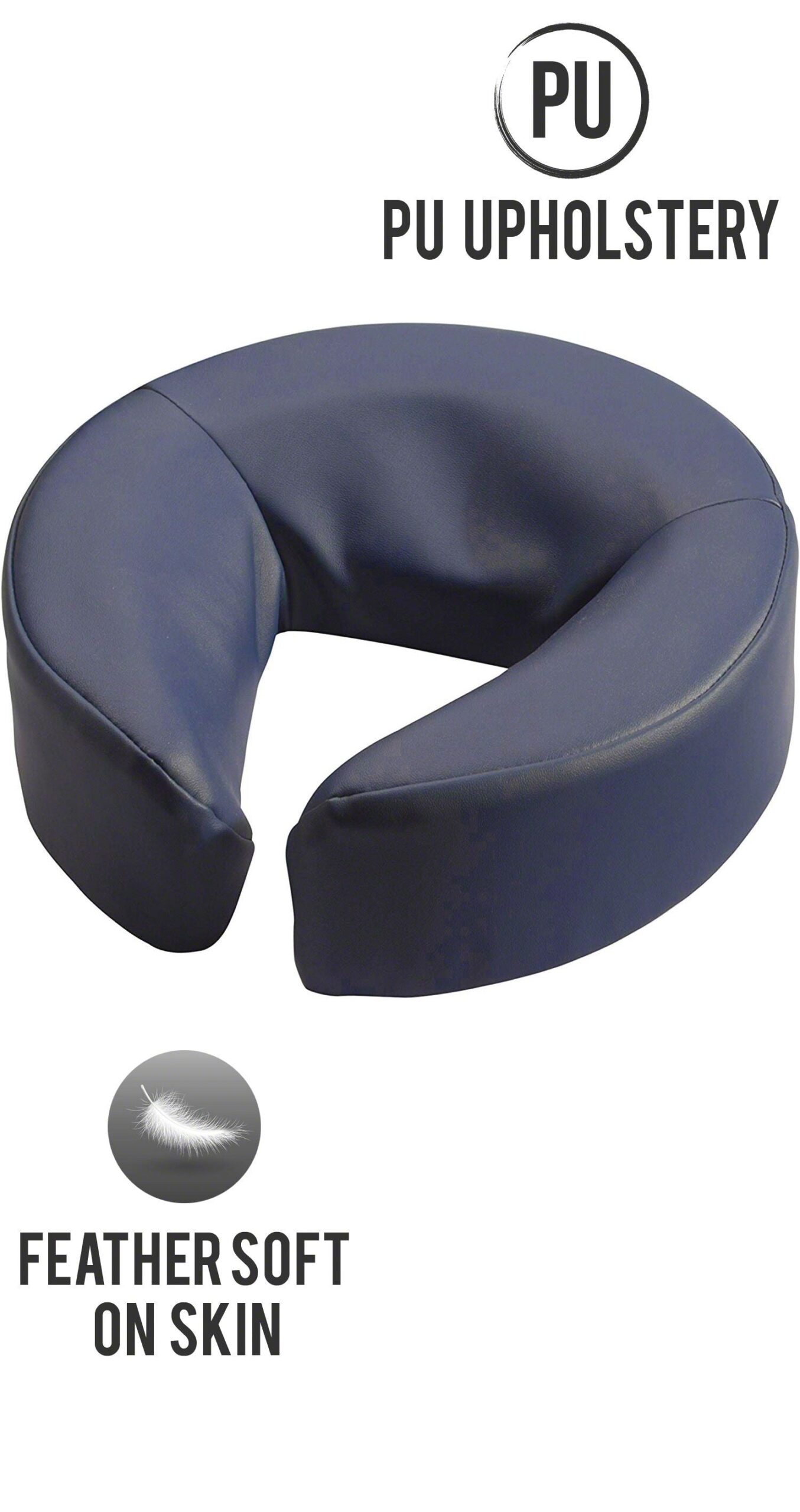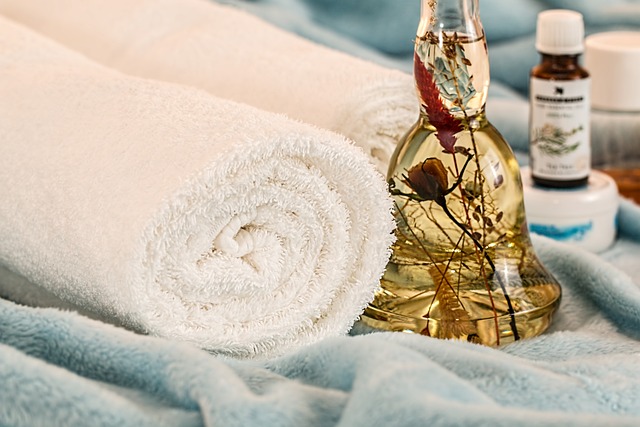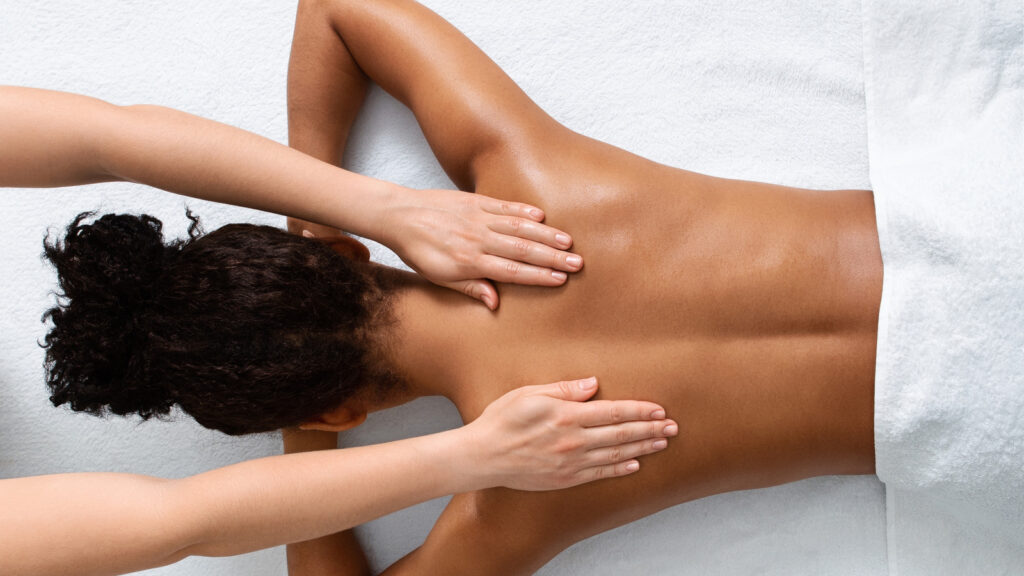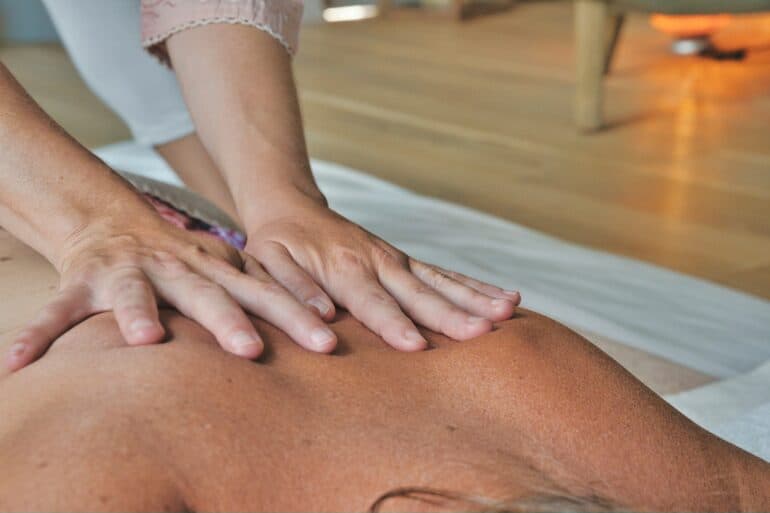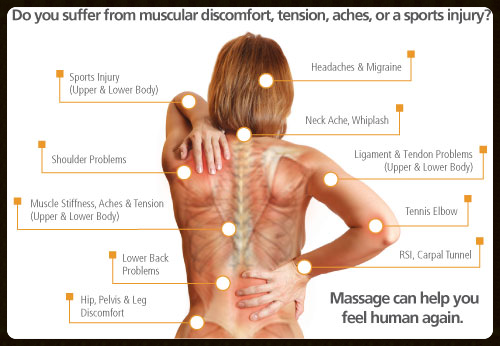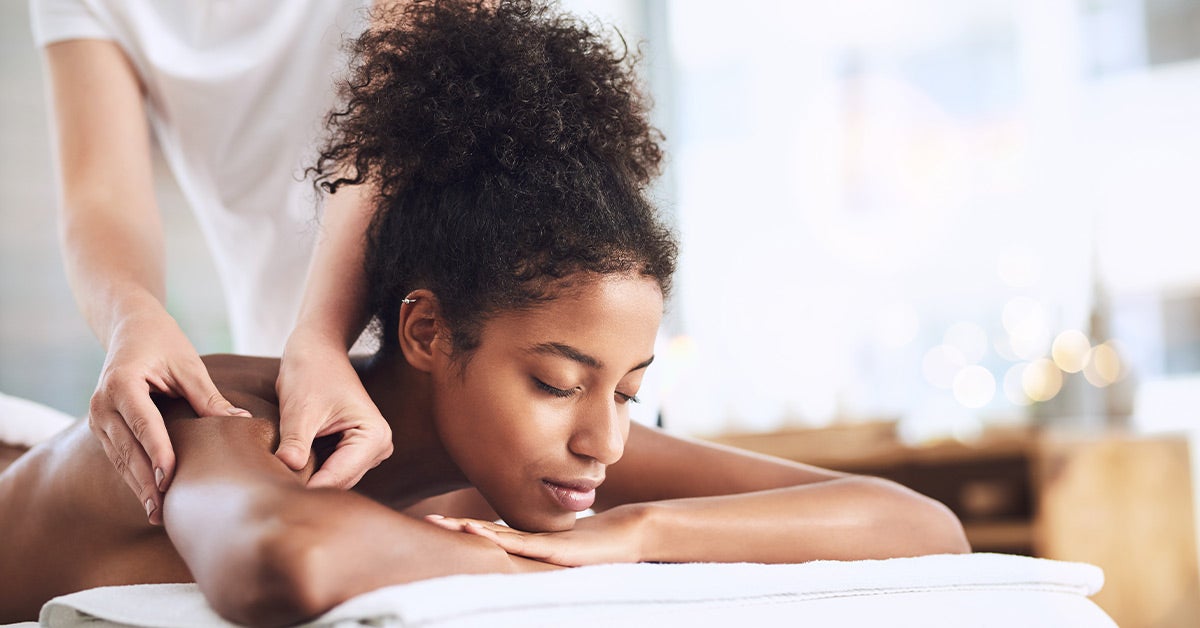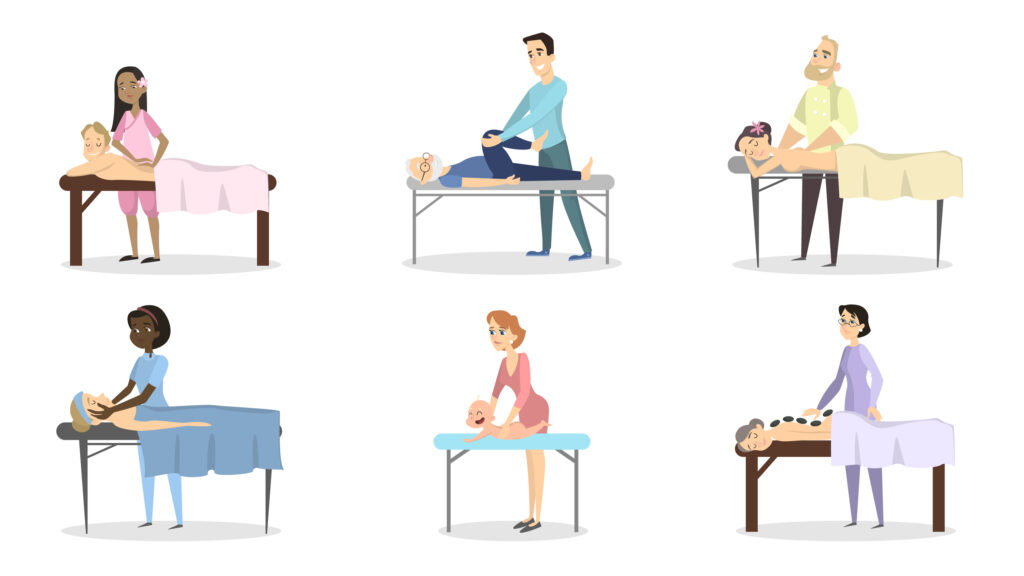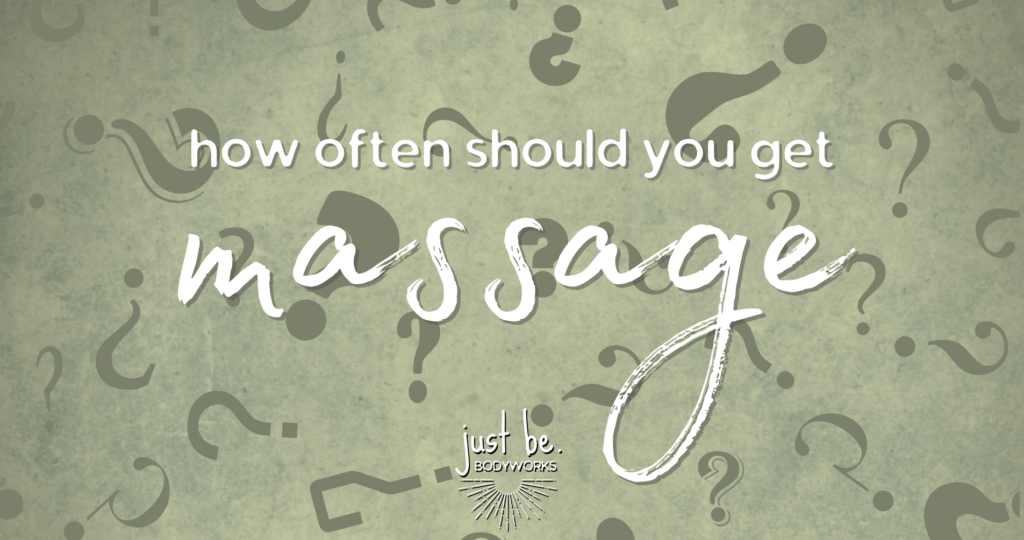Have you ever wondered if a massage therapist can actually feel inflammation in your body? Well, you’re not alone! As massage therapists and enthusiasts ourselves, we often get asked this question. The short answer is yes, massage therapists can often feel inflammation during a session. However, let’s dive deeper into this topic and explain why this is the case.
During a massage, therapists use their hands and fingers to apply pressure and manipulate your muscles and tissues. Inflammation, which is the body’s response to injury or irritation, can cause changes in the texture, temperature, and sensitivity of the affected area. These changes can be noticeable to trained hands, allowing therapists to identify areas of inflammation.
In our upcoming article, we’ll discuss how massage therapists can detect inflammation, the signs they look for, and how they adapt their techniques to address it. Whether you’re curious about the science behind it or interested in finding out how massage therapy can potentially help reduce inflammation, we’ve got you covered! So stay tuned for our next post, where we’ll share all the details on this fascinating topic.

This image is property of www.foreveryungspa.com.
Signs of Inflammation
When it comes to providing a massage, it is important for therapists to be aware of any signs of inflammation in their clients. Inflammation is the body’s natural response to injury or infection, and it can manifest in various ways. By being able to identify these signs, therapists can adjust their techniques and provide appropriate care to their clients.
Swelling
One of the most obvious signs of inflammation is swelling. When tissues become inflamed, they can become swollen and puffy. This can occur in both acute and chronic conditions, such as sprained joints or conditions like arthritis. When performing a massage, therapists may notice areas of swelling and can adjust their techniques accordingly to avoid putting too much pressure on the affected area.
Redness
Redness is another common sign of inflammation. When tissues are inflamed, they can become irritated and blood flow may increase to the area, resulting in redness. This is particularly noticeable in conditions like sunburn or skin infections. Massage therapists, through their keen observational skills, can identify areas of redness and choose to avoid those areas or modify their techniques accordingly.
Pain
Pain is a significant indicator of inflammation. Inflamed tissues can be sensitive and painful to the touch. During a massage, therapists may notice areas where clients flinch or show signs of discomfort. This can be an indication of inflammation in those specific areas. By being attentive to their clients’ reactions, therapists can adapt their techniques to provide a more comfortable massage experience.
Physical Evaluation Techniques
Massage therapists have various physical evaluation techniques at their disposal to assess the presence of inflammation. These techniques allow them to gather information about a client’s condition before proceeding with a massage. Some common physical evaluation techniques include palpation, range of motion testing, and assessment of temperature.
Palpation
Palpation involves using the hands to assess the texture of tissues. By palpating different areas of the body, massage therapists can feel for unusual or abnormal tissue characteristics. In cases of inflammation, the affected area may feel warm, firm, or even tender to the touch. Through palpation, therapists can pinpoint areas of inflammation and adjust their treatment plan accordingly.
Range of Motion Testing
Range of motion testing is another valuable evaluation technique. By assessing a client’s joint flexibility and mobility, therapists can identify any limitations or restrictions that may be caused by inflammation. For example, if a client has limited range of motion in their shoulder joint, it could be due to inflammation in the surrounding tissues. Range of motion testing allows therapists to tailor their massage techniques to accommodate for these restrictions.
Assessment of Temperature
Assessing the temperature of different areas of the body can also provide valuable insights into the presence of inflammation. Inflamed tissues often feel warmer compared to non-inflamed areas. By comparing the temperature of different regions, therapists can detect abnormal temperature changes that may indicate inflammation. This information can guide them in their choice of massage techniques and the areas they focus on.
Palpation
Palpation is a technique that is frequently used by massage therapists to assess tissue texture and identify areas of tenderness. By using their hands to feel the tissues, therapists can gain a deeper understanding of a client’s condition, including the presence of inflammation.
Using Hands to Assess Tissue Texture
During a massage, therapists can feel the texture of the tissues they are working on. Inflamed tissues often feel different from non-inflamed tissues. They may feel firmer, have a different consistency, or even feel warmer to the touch. By palpating different areas, therapists can identify areas of inflammation and adjust their techniques accordingly to provide relief and promote healing.
Feeling for Areas of Tenderness
Areas of inflammation can be tender and sensitive to the touch. By palpating different areas, therapists can pinpoint these areas of tenderness and adjust their techniques to avoid aggravating the inflammation. This allows them to provide a more comfortable massage experience for their clients while still addressing their specific needs.
Range of Motion Testing
Another important evaluation technique for massage therapists is range of motion testing. This technique allows therapists to assess a client’s joint flexibility and mobility, which can provide insights into the presence of inflammation.
Checking Joint Flexibility
During range of motion testing, therapists will guide clients through various movements to assess the range of motion in their joints. If a joint has limited mobility or feels stiff, it may be an indication of inflammation. For example, in conditions such as tendinitis or arthritis, inflammation in the affected joint can result in decreased range of motion. By identifying these limitations, therapists can tailor their massage techniques to provide relief and improve joint function.
Identifying Limitations or Restrictions
Range of motion testing not only helps therapists identify the presence of inflammation but also allows them to pinpoint any specific limitations or restrictions that may be caused by the inflammation. By understanding these limitations, therapists can utilize specific massage techniques that target the affected area, gently working to improve mobility and reduce inflammation.

This image is property of post.healthline.com.
Assessment of Temperature
The assessment of temperature is another valuable evaluation technique that massage therapists can utilize to identify inflammation in their clients.
Comparing Warm and Cold Areas
During a massage, therapists can compare the temperature of different areas of the body. Inflamed tissues often feel warmer compared to non-inflamed areas. By detecting any abnormal temperature changes, therapists can identify areas of inflammation and adapt their techniques accordingly. This allows them to provide targeted massage to reduce inflammation and promote healing.
Detecting Abnormal Temperature Changes
Aside from comparing temperatures, therapists can also pay attention to any abnormal temperature changes in specific areas. If an area suddenly feels warmer or cooler compared to surrounding regions, it may indicate the presence of inflammation. By picking up on these changes, therapists can adjust their approach and provide more focused massage techniques to address the specific area of inflammation.
Observing Client’s Reactions
During a massage, it is crucial for therapists to be observant of their client’s reactions. By paying attention to any discomfort or pain expressed by the client, therapists can gather valuable information about the presence of inflammation.
Noticing Discomfort or Pain During Massage
When performing a massage, therapists may notice their client flinch, wince, or verbally express discomfort or pain in certain areas. This can be an indication of inflammation in those specific areas. By noting these reactions, therapists can modify their techniques to provide a more comfortable experience while avoiding exacerbation of the inflammation.
Monitoring Changes in Breathing or Facial Expressions
Observing changes in breathing or facial expressions can also provide insights into a client’s comfort level during a massage. In cases of inflammation, clients may exhibit signs of discomfort, such as tensing up or grimacing. These non-verbal cues can guide therapists in adjusting their techniques and focusing on areas that may be inflamed.

This image is property of images.squarespace-cdn.com.
Communication with Client
Communication is key in the massage therapy profession. By actively engaging in dialogue with their clients, therapists can gain a better understanding of their specific needs and any signs of inflammation they may be experiencing.
Asking About Pain or Discomfort
During an initial consultation or throughout a massage session, therapists should ask their clients about any pain or discomfort they may be experiencing. By encouraging open communication, therapists can gather important information about possible inflammation and adjust their techniques accordingly. This ensures that the massage is tailored to the client’s specific needs and helps to alleviate any discomfort caused by inflammation.
Listening to Client’s Feedback
Listening to a client’s feedback is crucial for understanding their experience during a massage. If a client mentions specific areas of tenderness or discomfort, it may indicate the presence of inflammation. By actively listening to their feedback, therapists can modify their techniques and focus on those areas to provide targeted relief.
Knowledge of Common Inflammatory Conditions
Massage therapists should have knowledge of common inflammatory conditions in order to better assess and treat their clients. Common inflammatory conditions, such as arthritis or tendinitis, can present with specific signs and symptoms that can guide therapists in their evaluation process.
Understanding Conditions like Arthritis or Tendinitis
Arthritis is a common condition characterized by inflammation of the joints. It can cause pain, swelling, and limited range of motion. Tendinitis, on the other hand, is inflammation of a tendon, often causing pain and restricted movement. By having a good understanding of these conditions and their indications, therapists can better identify inflammation in their clients and provide appropriate care.
Recognizing Their Indications
Inflammatory conditions often present with specific indications that massage therapists should be able to recognize. These indications can include swelling, redness, pain, and limited range of motion. By being familiar with these signs, therapists can provide more targeted and effective treatments for their clients.

This image is property of health.clevelandclinic.org.
Continued Education and Experience
In order to effectively identify inflammation, massage therapists should continually update their knowledge and skills through continued education and practical experience.
Staying Updated on New Research and Techniques
The field of massage therapy is constantly evolving, and new research and techniques are being developed. By staying up to date with the latest advancements, therapists can enhance their ability to identify inflammation and provide the most appropriate and effective treatment. Attending workshops, seminars, and reading professional publications are great ways for therapists to stay informed and continuously improve their skills.
Developing Skills through Practice
Experience is another important factor in a massage therapist’s ability to feel inflammation. The more massages a therapist performs, the more they develop their palpation skills and become attuned to subtle changes in the body. By continually practicing and honing their skills, therapists can become more proficient in identifying inflammation and providing appropriate treatment.
Conclusion
In conclusion, massage therapists can indeed feel inflammation through physical evaluation techniques, observations, and communication with their clients. By being attentive to signs such as swelling, redness, and pain, as well as utilizing palpation, range of motion testing, and assessment of temperature, therapists can gather valuable information about the presence of inflammation. Additionally, by observing their clients’ reactions and actively communicating with them, therapists can further enhance their ability to identify and address inflammation. It is also essential for therapists to possess knowledge of common inflammatory conditions and continue their education and practical experience to stay updated and improve their skills. By combining these factors, massage therapists can provide optimal care to their clients and effectively alleviate inflammation.

This image is property of creakyjoints.org.
